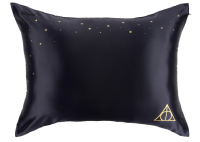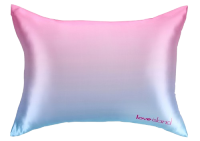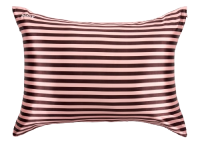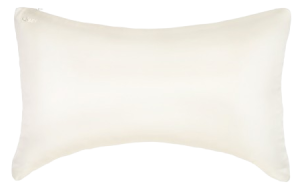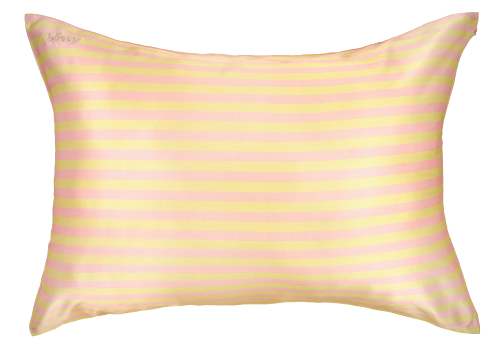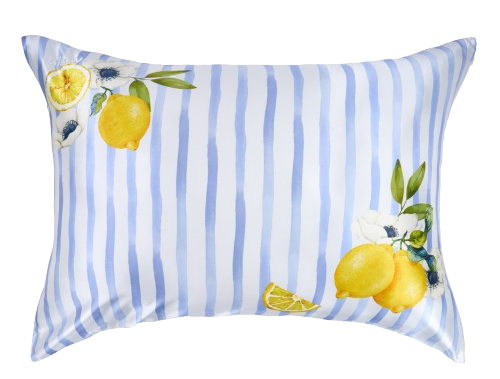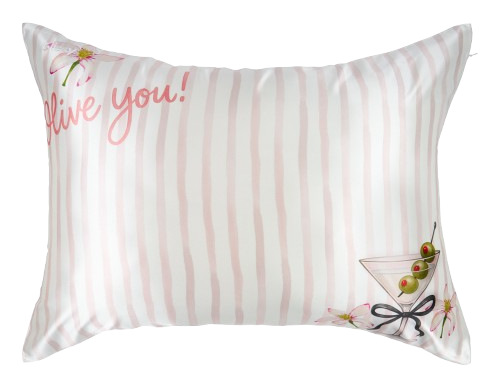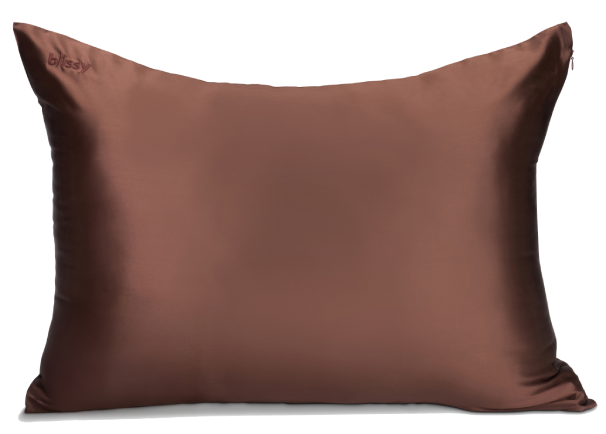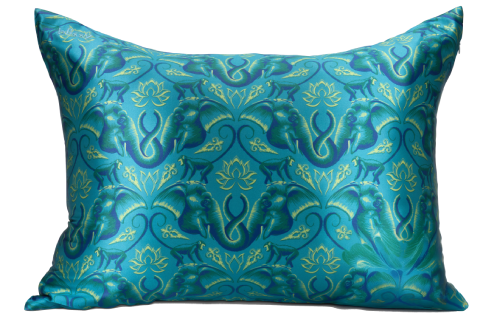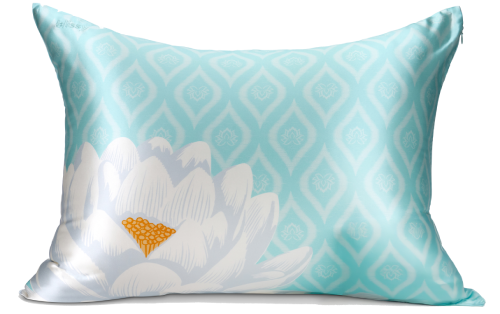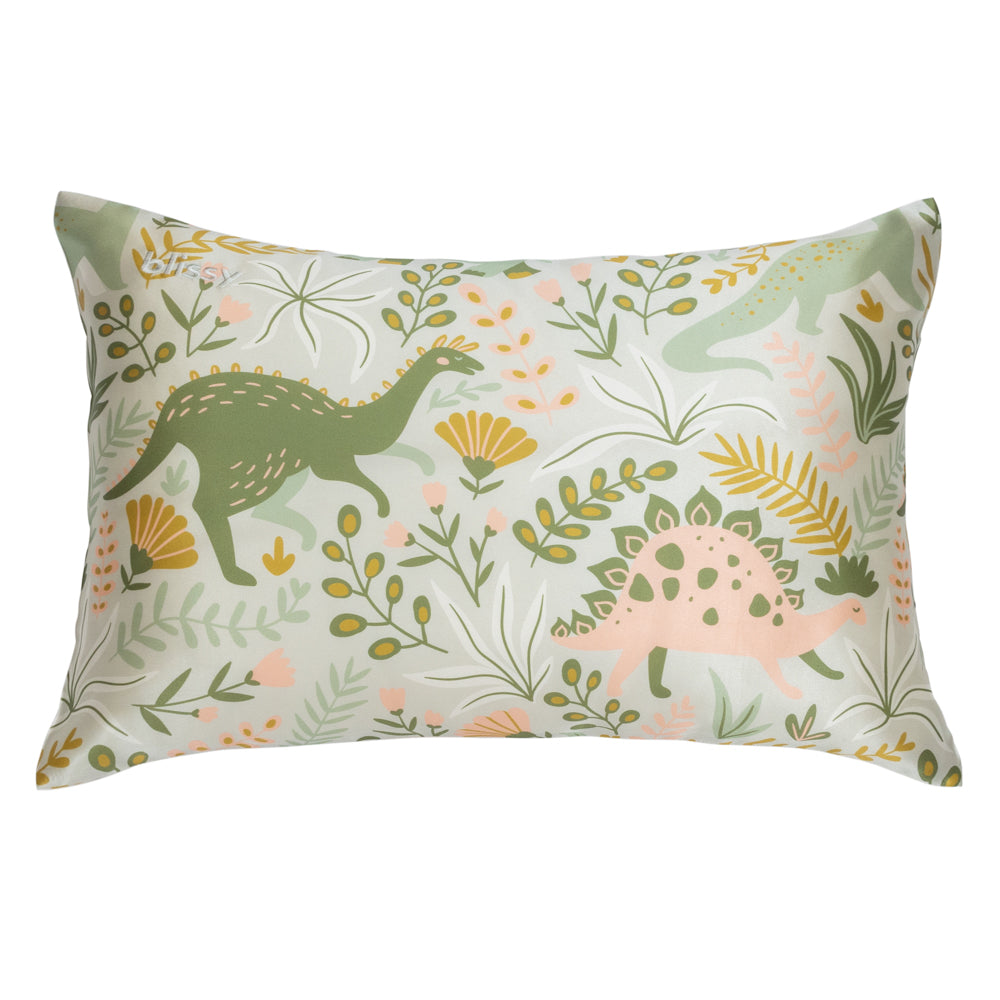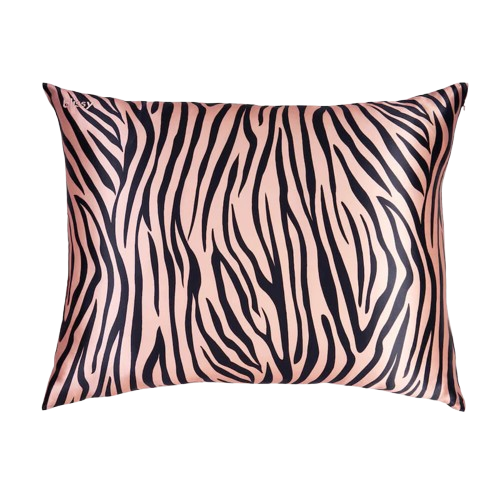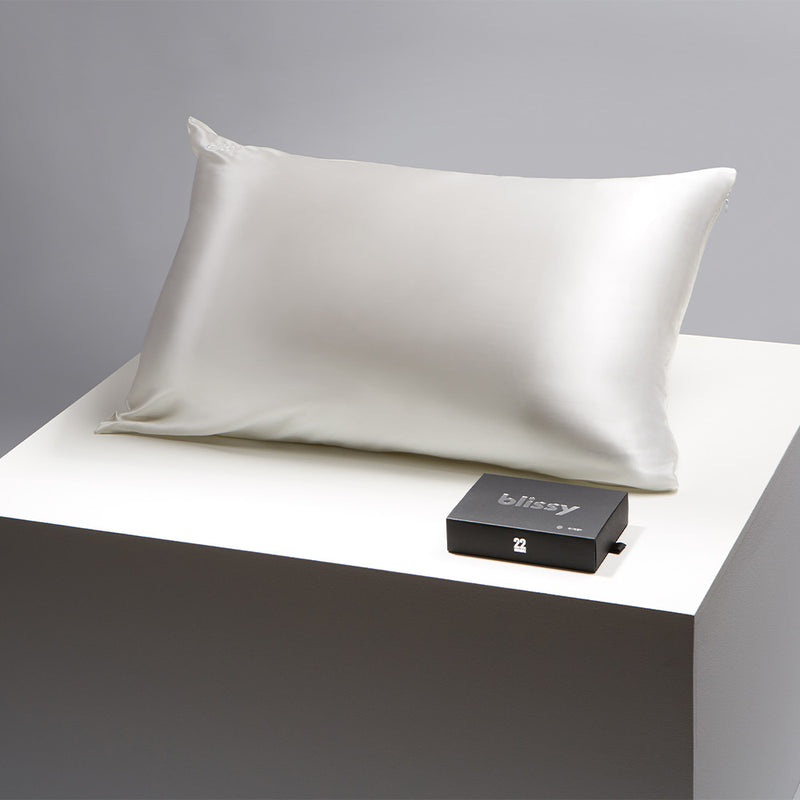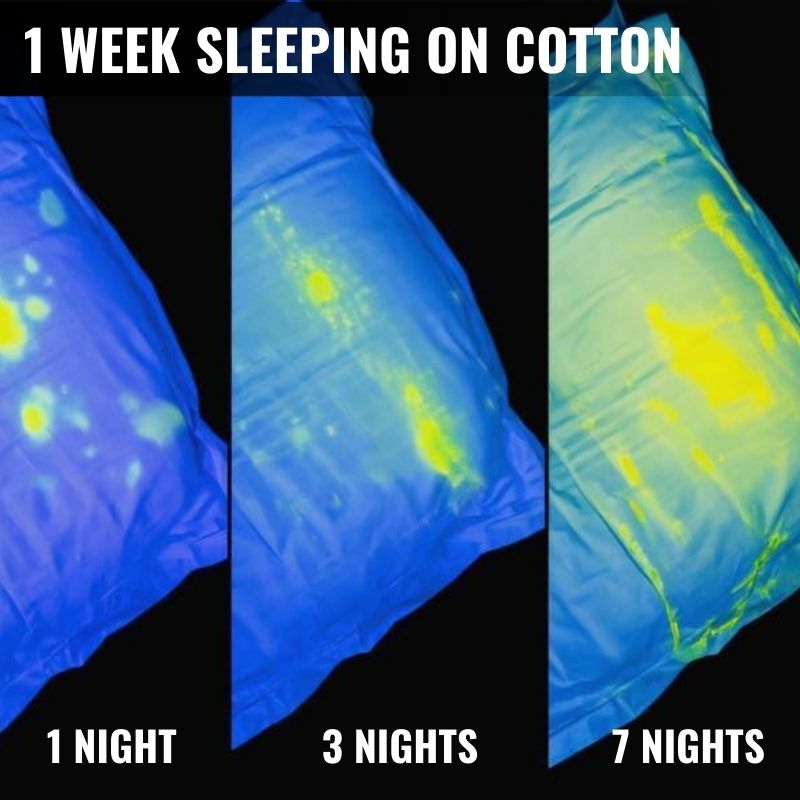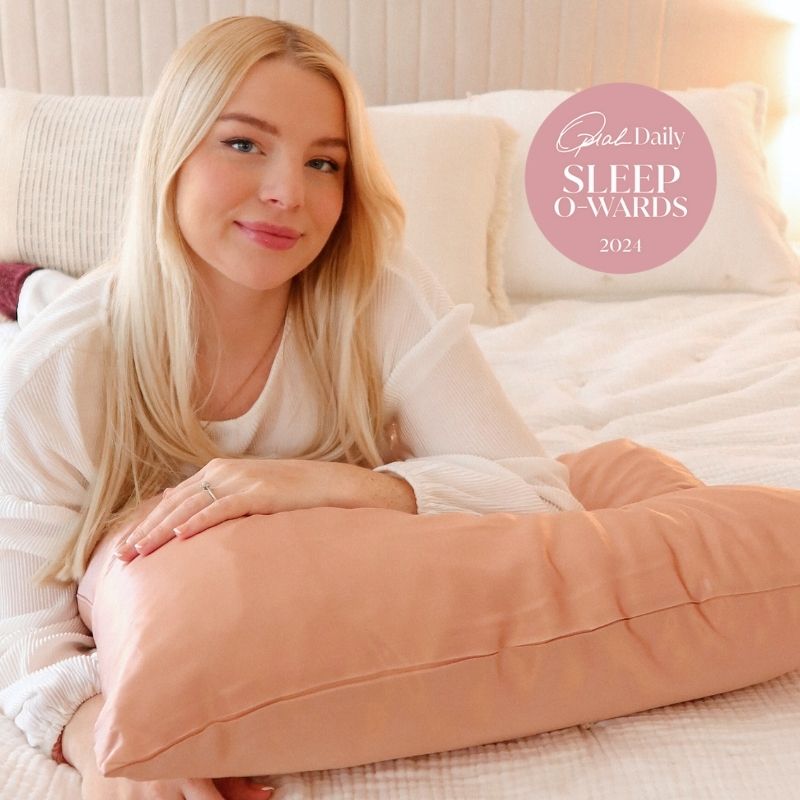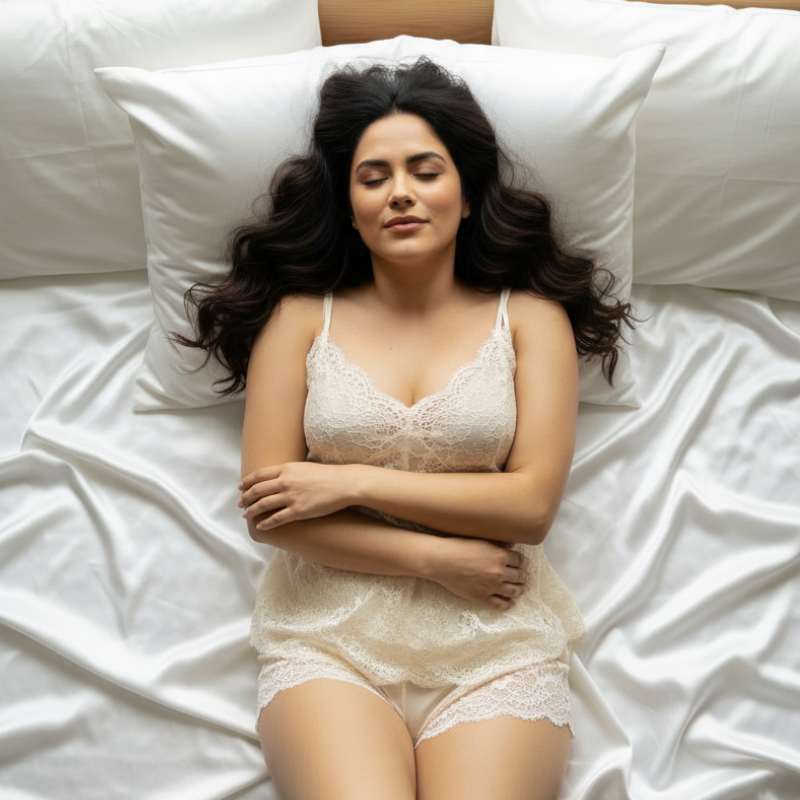Key takeaways:
-
Mulberry silk, from Bombyx mori silkworms, is the highest quality silk.
-
Muga silk is most expensive, while Tussar silk is cheapest and roughest.
-
Mulberry silk excels in durability, softness, and versatility.
-
Each silk has distinct colors: Muga (golden), Eri (white/red), Tussar (golden), Mulberry (dyeable white).
You probably know that silk usually comes from silkworms, but the type of silkworm in question matters quite a bit. As the history of silk shows, different types of silk have been made from different silkworms for centuries. This can affect their individual properties and quality.
When you explore silk products, you’ll likely come across four different types of natural silk. These are Mulberry silk, Eri silk, Muga silk, and Tasar silk, also known as Tussar silk. While Mulberry silk is the most common, Muga silk is often the most expensive. Eri silk is known for its softness, while Tussar silk is known for its uneven texture.
What about other types of silk, like silk satin, silk chiffon, or silk crepe? These aren’t separate types of silk fabric. They typically refer to the type of weave used to make silk products, such as silk chiffon evening gowns or silk satin weave linens. Other examples include silk organza, silk brocade, silk gauze, silk shantung, crepe de chine, silk dupioni, and silk charmeuse.
Different types of silk can be used to make these different silk fabrics and weaves. Let’s focus on the sources of silk itself, though, to learn more about their benefits, uses, and more. From lightweight silk fabric to heavier silk fabric, the following can help you better understand what each silk type has to offer.

Mulberry Silk vs. Other Types of Silk Fabric
Silk fabric differs in terms of how it’s produced, what kind of quality it has, and how much it usually costs. Wedding dresses made of pure silk might be incredibly expensive, for example, but it all depends on the kind of real silk they’re made from. Both mulberry silk and charmeuse silk offer unique features, benefits, and suitability for different uses in both bedding and garments.
Silk production
Mulberry silk comes from the Bombyx mori silkworm, which is entirely domesticated. Bombyx mori silkworms feed exclusively on mulberry leaves, which is crucial for producing high-quality mulberry silk. Muga silk comes from the Antheraea assamensis silkworm, which is semi-domesticated.
Eri silk comes from the Philosamia ricini silkworm. Some of these are domesticated, but they can also be found in the wild. Tasar silk comes from the Antheraea mylitta, Antheraea proyeli, and Antheraea pernyi silkworms, all of which are wild.
Mulberry silk, Tasar silk, and Muga silk come from closed cocoons. The pupa inside these cocoons never develops into silk moths. Eri silk comes from open cocoons. Eri silk is also known as the peace silk, since it comes from empty cocoons after silk moths emerge.

Silk quality
Muga silk is considered high-quality. This type of silk is highly durable and valued for its golden color.
Mulberry silk is another high-quality type of silk fabric. Known as the highest quality silk, it can be used for many different products due to its durability, softness, and other properties.
Eri silk is another durable fabric, although it doesn’t have the versatility of other types of silk fabric.
Tasar silk is courser or rougher than other types of natural silk. It’s also not as durable as other silk types.

Silk prices
Muga silk is often the most expensive among these different types of silk fabric, mainly due to its golden sheen and fine quality. It's also rarer than the other types of silk.
Eri silk is less expensive than Muga silk. It doesn't have that golden color, but it does offer a soft texture.
Tussar silk or Tasar silk is usually the least expensive. It's not as durable and can have a streaky, uneven appearance and texture.
Where does Mulberry silk fall in terms of prices? This type of silk fabric falls between Eri silk and Tussar silk. While Mulberry offers high quality, it's also affordable.
The Look and Feel of Different Types of Silk Fabric
From Mulberry silk’s soft feel to Eri silk’s wooly appearance, different types of silk offer varying textures, colors, and weights. Different types of silk fibers contribute to the varying textures, colors, and weights of silk fabrics. Comparing these properties can help you learn more about these kinds of natural silk.

Texture
Muga silk is known for having a glossy texture, adding to its visual appeal. The shiny, soft look and feel of this silk give it a luxurious touch.
Eri silk has a thicker, wooly feel compared to other silk fabrics. It’s more like cotton, with a matte-like texture.
Tussar silk has a rougher texture rather than the smooth, soft texture of mulberry silk and Muga silk.
Mulberry is known for having a smooth, soft texture that glides across skin. In fact, pure mulberry silk is among the softest textures used for pillowcases and other products.

Weight
How do different types of silk compare in terms of weight? Eri silk is typically heavier than other kinds of silk fabrics. Muga silk and Mulberry silk are lightweight fabrics, while Tasar silk is strong yet lightweight enough to be used for certain products.
Color
Eri silk is white, off-white, or red in color, while Muga silk has a brownish-golden sheen. Tussar silk has a bright golden coloring. Mulberry silk is white, but it can be dyed different colors for clothing, linens, and other products.

Best Uses for Different Types of Silk
Since different types of silk have different properties and production processes, they can’t all be used to make the same kinds of products. Mulberry silk bedding is highly valued for its luxurious texture and health benefits, such as temperature regulation for improved sleep. Some types are better used for garments, while others are more suitable for home decor, such as linens.
Mulberry silk
Mulberry silk is highly versatile, thanks to its durability, softness, and other properties. This type of silk can be used to make soft and smooth pillowcases, sleep masks, and duvets. It can also be used to make dresses, headbands, and other clothing and accessories.
Eri silk
With Eri silk having a heavier weight compared to other silk fabrics, it's best used for crocheting and knitting. This type of silk is also great to use for embroidery. Its heavier weight makes it a good choice for bedspreads and quilts.
Muga silk
Due to its high cost and low production overall, Muga silk is mostly used for making garments for special occasions, such as wedding gowns. It's usually not used for making casual garments or other products that are used regularly, such as linens.

Tasar silk
Tasar silk's strength makes it suitable for intricate embroidery. Although it's strong, it's also lightweight enough to be used to make garments. Tasar silk clothes have cooling effects as well, making them comfortable to wear in warmer climates.
What Makes Mulberry Silk a Good Match for Blissy?
Why are Blissy Silk Pillowcases made of Mulberry silk? Muga silk is too rare, while Tasar silk is too coarse. Eri silk has too much of a cotton-like texture that's not as soft. Mulberry silk is widely produced, while also offering several beneficial properties.
High-quality fibers
Quality silk, particularly mulberry silk, is known for its exceptional quality, making it a great choice for silk pillowcases and other luxury products. These pillowcases have a tight weave of natural fibers that provide a smooth surface that won’t tug at your skin while you sleep.
22-Momme weight

Blissy Silk Pillowcases have a 22-momme weight, which is ideal for these silk products. This Mulberry silk weight means these pillowcases aren't too lightweight or too heavy. They're at just the right weight for comfort.
Superior softness
Mulberry silk's soft texture makes it possible to enjoy a comfortable night's sleep every night. The softness of this type of silk compared to other types, such as Eri silk and Tussar silk, makes it much more suitable for pillowcases, sleep masks, and other products.
Durability
Silk bedding made from Mulberry silk doesn’t mean it’s delicate. In fact, Mulberry silk's durable qualities mean that products made with this type of silk can last a long time. Blissy Silk Pillowcases and other products made with Mulberry silk also require less maintenance than more delicate types, such as Muga silk.
Hypoallergenic properties
Blissy Silk Pillowcases have hypoallergenic properties that make them a great choice for individuals with skin problems. Mulberry silk is naturally hypoallergenic, which means it won't irritate skin or trigger any flare-ups of skin condition symptoms.

Moisture-wicking abilities
Sleeping on a pillowcase made of Mulberry silk means being able to get a great night's sleep without getting sweaty. This type of silk has moisture-wicking abilities and a cooling effect for a comfortable sleep environment.
Wide range of colors and patterns
Mulberry silk is naturally white, but it can be dyed in many different colors and designs. This provides a much wider range of patterns and colors to choose from when buying Blissy Silk Pillowcases and other products.
Purchase Mulberry Silk Blissy Products
Investing in Mulberry silk products such as pillowcases, sheets, and clothing is a smart decision for anyone seeking a comfortable, durable, and long-lasting material. Mulberry silk sheets, known for their breathability, softness, and hypoallergenic properties, are an ideal choice for enhancing overall sleep quality.
If you’re ready to enjoy the soft, smooth texture of Mulberry silk against your skin each night, visit Blissy and learn more about about choosing a silk pillowcase.



